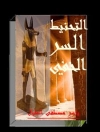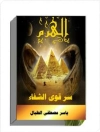How did people learn their Bibles in the Middle Ages? Did church murals, biblical manuscripts, sermons or liturgical processions transmit the Bible in the same way?
This book unveils the dynamics of biblical knowledge and dissemination in thirteenth- and fourteenth-century England. An extensive and interdisciplinary survey of biblical manuscripts and visual images, sermons and chants, reveals how the unique qualities of each medium became part of the way the Bible was known and recalled; how oral, textual, performative and visual means of transmission joined to present a surprisingly complex biblical worldview. This study of liturgy and preaching, manuscript culture and talismanic use introduces the concept of biblical mediation, a new way to explore Scriptures and society. It challenges the lay-clerical divide by demonstrating that biblical exegesis was presented to the laity in non-textual means, while the ‘naked text’ of the Bible remained elusive even for the educated clergy.
Inhaltsverzeichnis
Introduction
1. The Bible and liturgy: Palm Sunday processions
2. The Bible as talisman: textus and oath-books
3. Paratext and meaning in Late Medieval Bibles
4. Preaching the Bible: three Advent Sunday sermons
Conclusion
Appendix: A survey of Late Medieval Bibles
Bibliography
Index
Über den Autor
Eyal Poleg is a Lecturer in Material History, 1200-1700, at Queen Mary University of London












